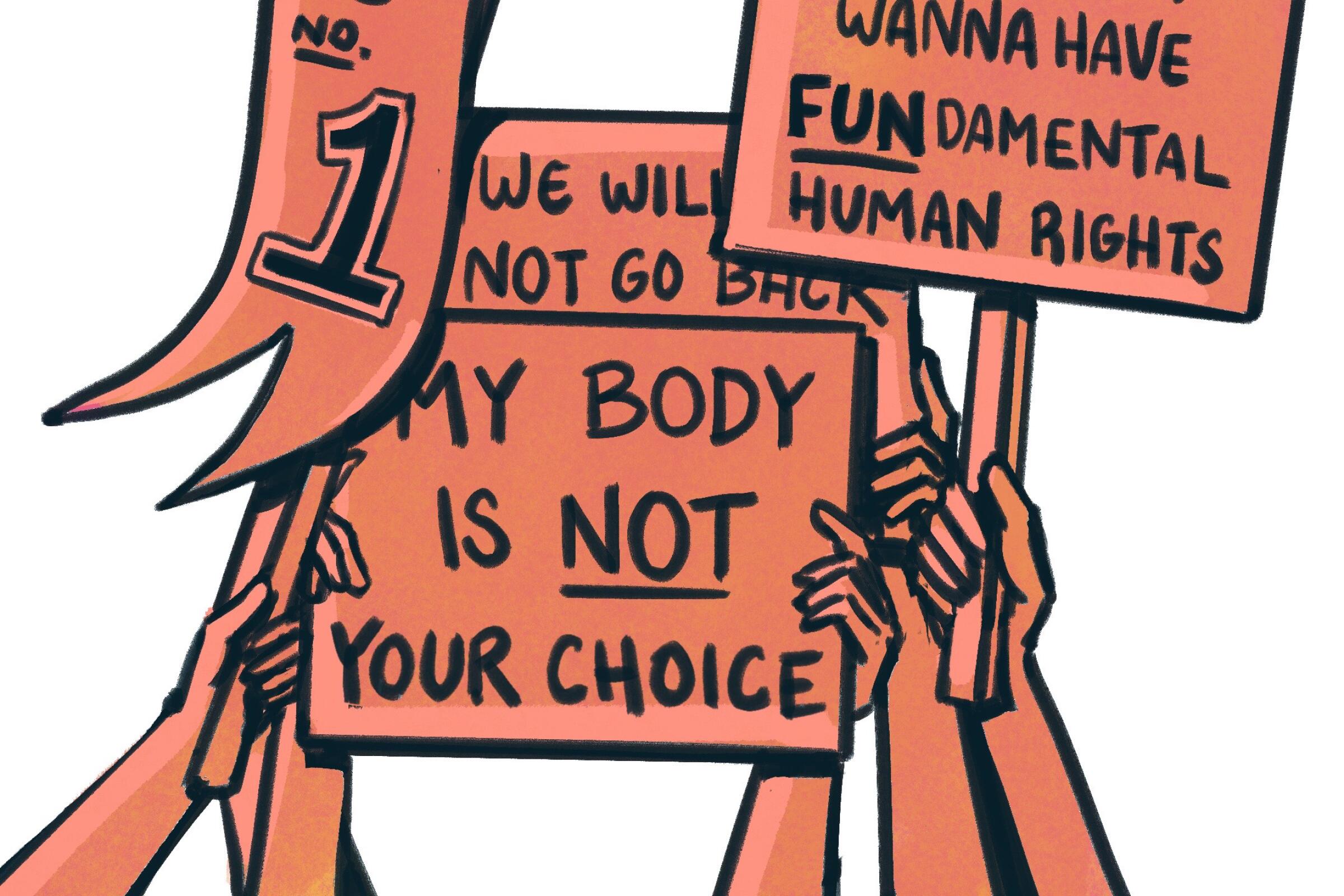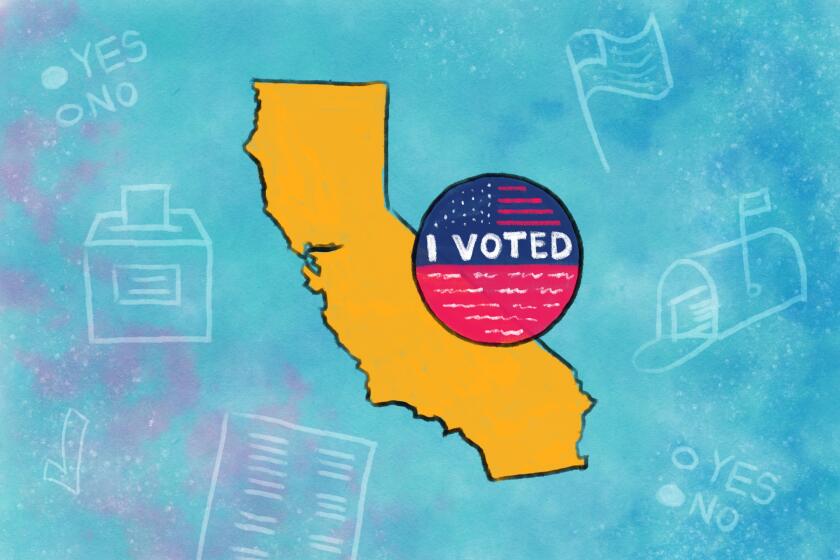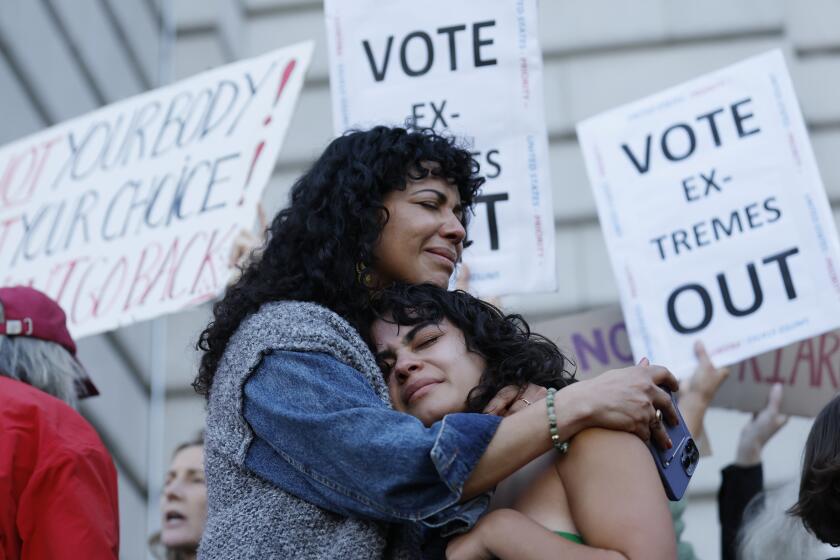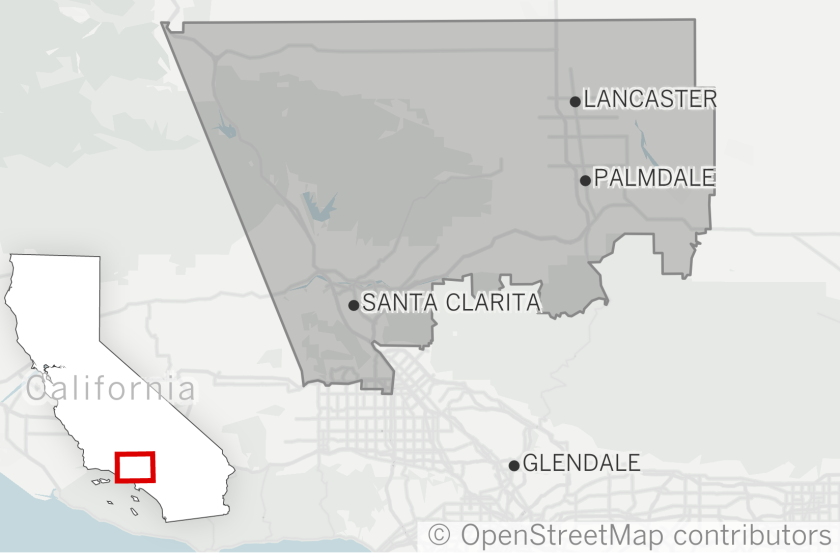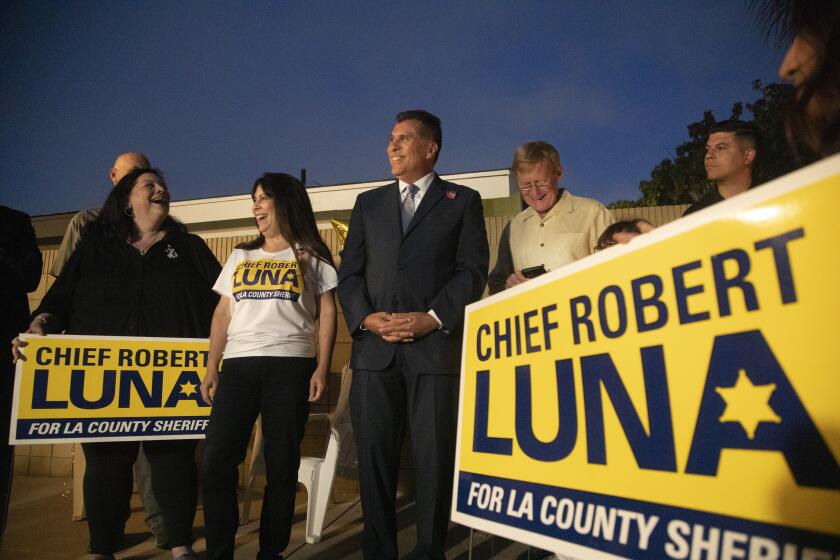Sign up for Essential California
The most important California stories and recommendations in your inbox every morning.
You may occasionally receive promotional content from the Los Angeles Times.
Phil Willon is the California politics editor based in the Sacramento bureau of the Los Angeles Times and oversees coverage of state politics and the state capital.
Melody Gutierrez is an investigative reporter for the Los Angeles Times. Previously, she covered state government and politics for The Times, the San Francisco Chronicle and the Sacramento Bee. Gutierrez has written award-winning government accountability stories on wasteful spending, pension spiking, rape kit backlogs and failures in the foster care system.
More From the Los Angeles Times
Podcasts
Many Altadena & Pacific Palisades residents can’t afford to rebuild. What will this displacement mean for their communities?
In 2016, Sherri Papini from Redding faked her kidnapping, a hoax uncovered three weeks later. This week’s podcast revisits why the “happy housewife” plotted it and why the decade-old story is back.
Trump’s new budget guts federal solar/wind aid, favoring fossil fuels. Sammy Roth talks with Jesse Jenkins about its potential to worsen climate pollution & raise energy costs.
